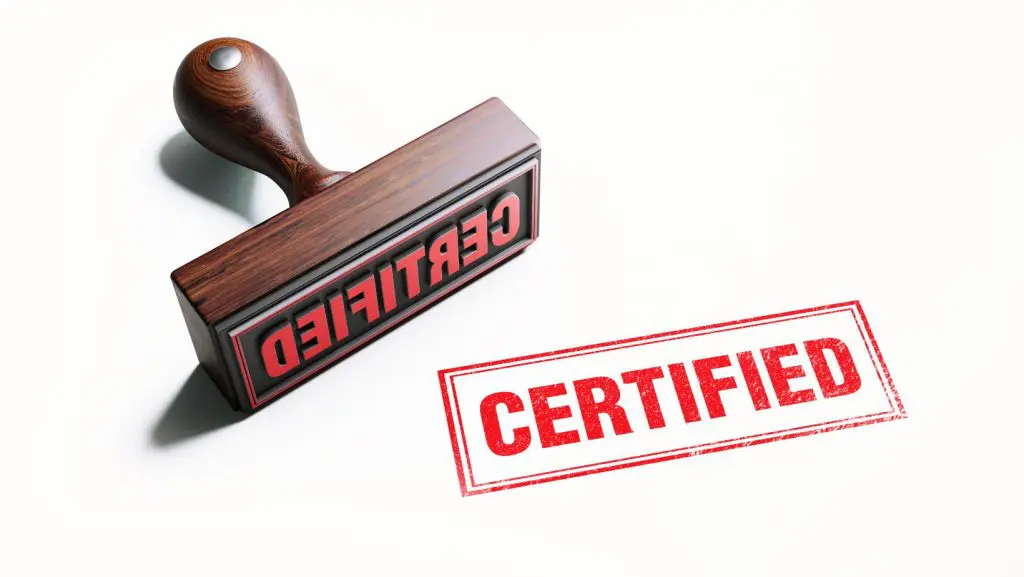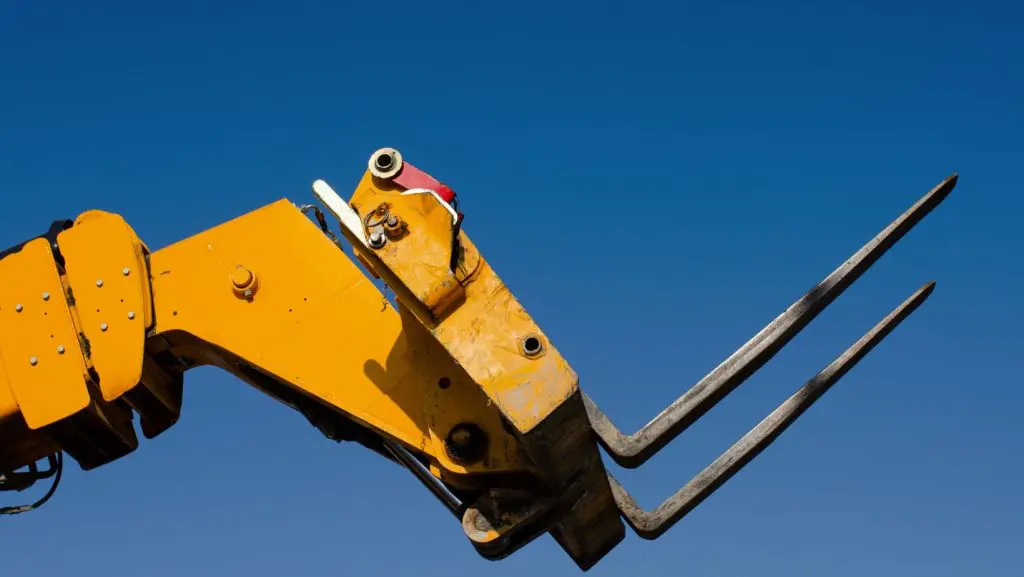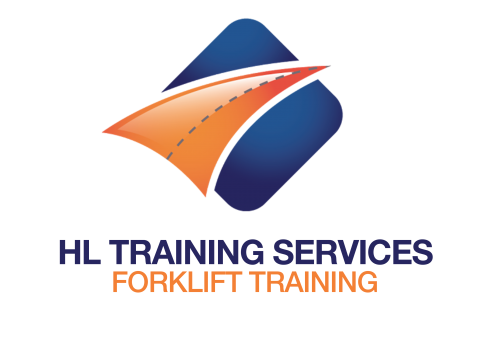How Long Does Forklift Certification Last?

Navigating the requirements for operating a forklift can be confusing, especially when it comes to forklift licenses and certificate expirations. This guide will clarify common misconceptions to help you understand what runs out and when and how to renew it to stay on top of your forklift training requirements.
Is a forklift license required to operate a forklift?
Contrary to a common misconception, there is no specific forklift license. Upon completing an accredited forklift operator training course, you receive a certificate of basic training. This certificate, not a license, is the legal document validating your training. Some courses may include an accompanying ID card, often mistaken for a license.
Do forklift certificates expire?
A prevalent question in the forklift operation domain concerns the validity period of forklift certificates. Contrary to popular belief, forklift operator training certificates do not have an expiry date. These certificates remain valid for a lifetime, offering operators enduring proof of their training.
However, it’s crucial to note that if an RTITB instructor conducted your training and you possess an RTITB certificate, the NORS registration, not the certificate itself, does expire.
What is a NORS registration?
The National Operator Registration Scheme (NORS) is a pivotal aspect of forklift training, especially for those certified by RTITB. It is not the certificate but, rather, the NORS registration that comes with an expiration date. This registration serves as a record of your training. You can renew your NORS registration with an accredited forklift operator training refresher course. However, renewing NORS registration is not mandatory, and your employer can let you operate a forklift after it expires.
How often should I take a forklift operator refresher course?
The necessity of a forklift operator refresher course depends on various factors, primarily the accrediting body and the expiration of your NORS registration. Refresher courses for ITSSAR and AITT certificates are not mandatory, as these certifications are valid indefinitely. However, if your training falls under the RTITB, a refresher course is required to renew your NORS registration. The decision to undergo a refresher course ultimately lies with your employer, who determines your eligibility to continue operating a forklift after registration expiration.
Although not mandatory, refresher courses are highly recommended, and your employer will likely require you to refresh your training. HSE recommends refresher courses every 3 years. A refresher is recommended to ensure up-to-date knowledge and operational competency if you use forklifts infrequently or take an extended period away from operating one.
How can I verify the accreditation of my forklift training?
Confirming the accreditation of your forklift training is crucial for ensuring its legitimacy. Each accrediting body provides a unique ID number for certifications. ITSSAR has a TOPS number, AITT has an ACORNS number, and RTITB has a NORS number. To validate your training, you must contact the accrediting bodies directly with your unique ID number. This step ensures that your training aligns with the necessary standards set by the accrediting body.
The importance of forklift training
Understanding the intricacies of forklift operation and the associated certifications is essential for both operators and employers. While there may not be a designated forklift license, the significance of accredited training and certification cannot be overstated.
Enquire About Forklift Training
For accredited forklift operator training delivered by experts, speak to HL Training. Our dedicated team are on hand to help you safely and effectively operate a range of forklift machines.
Related Posts
The Ultimate Guide to Forklift Safety



